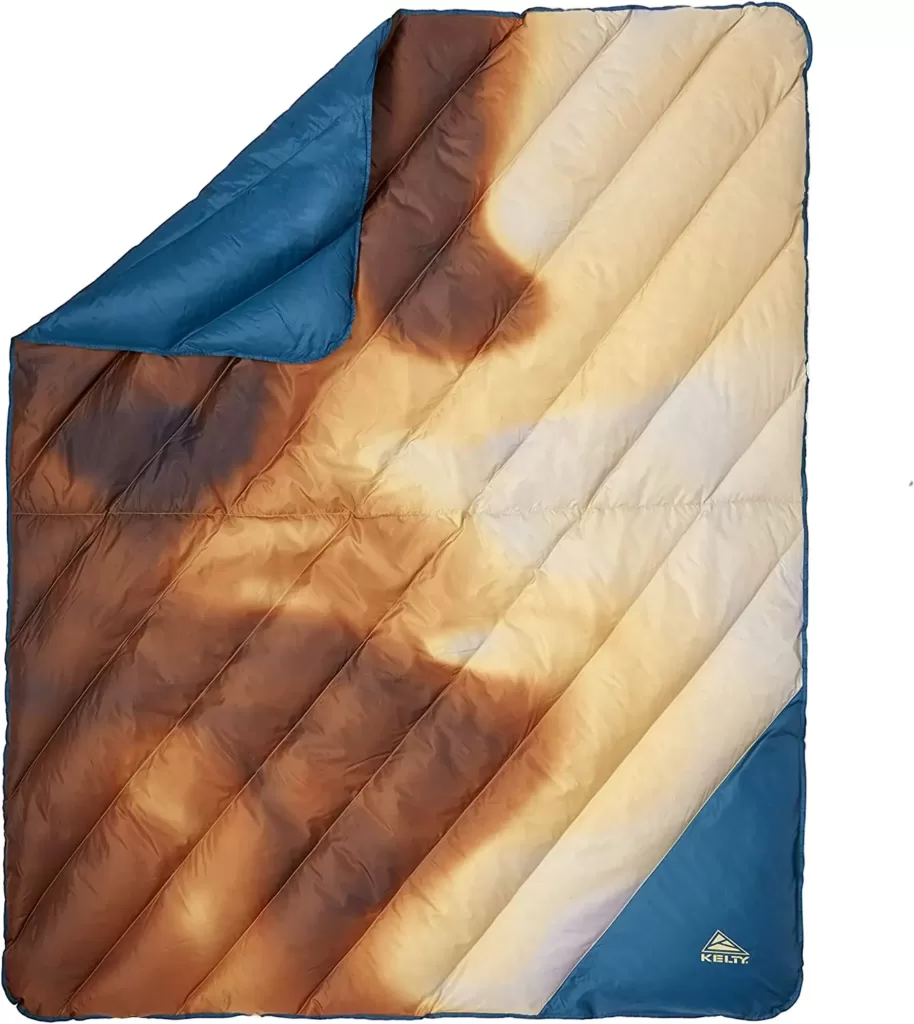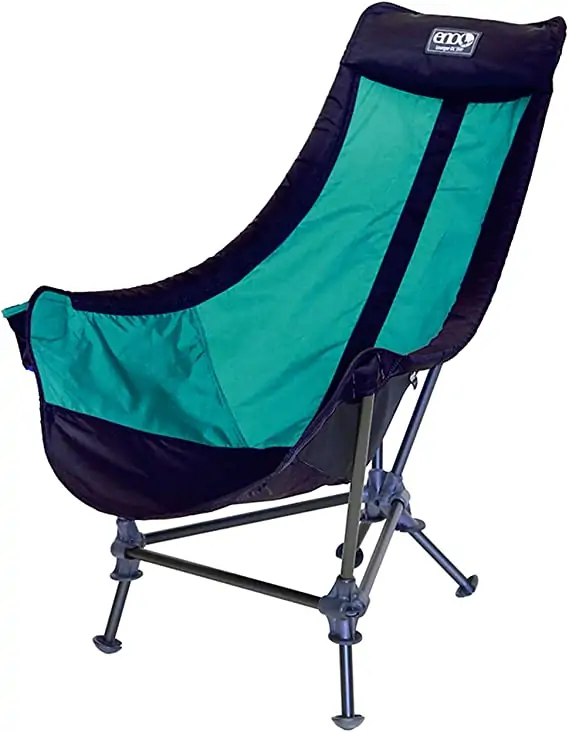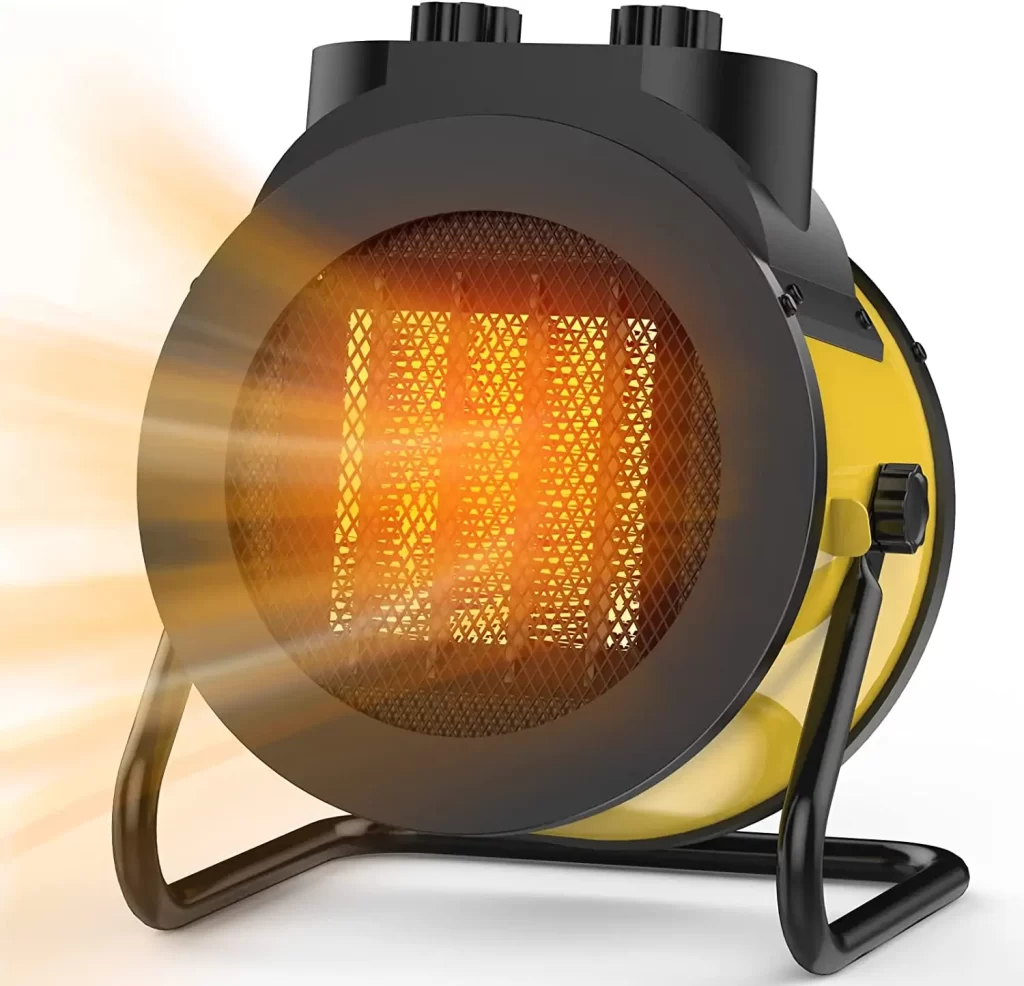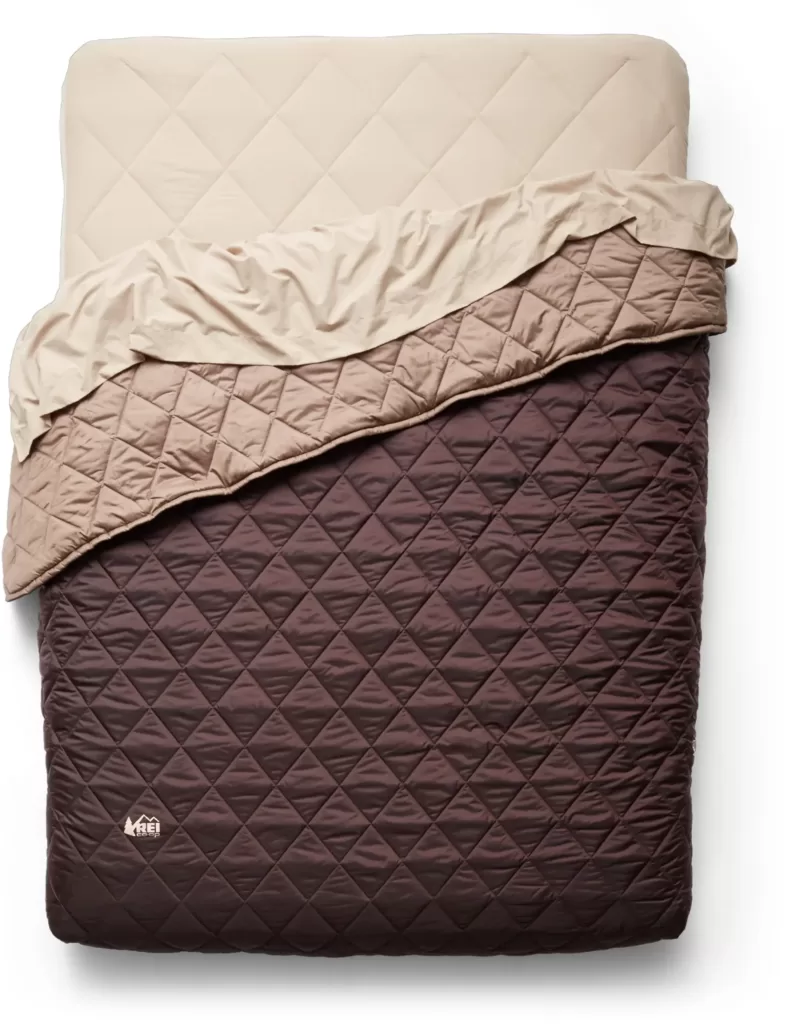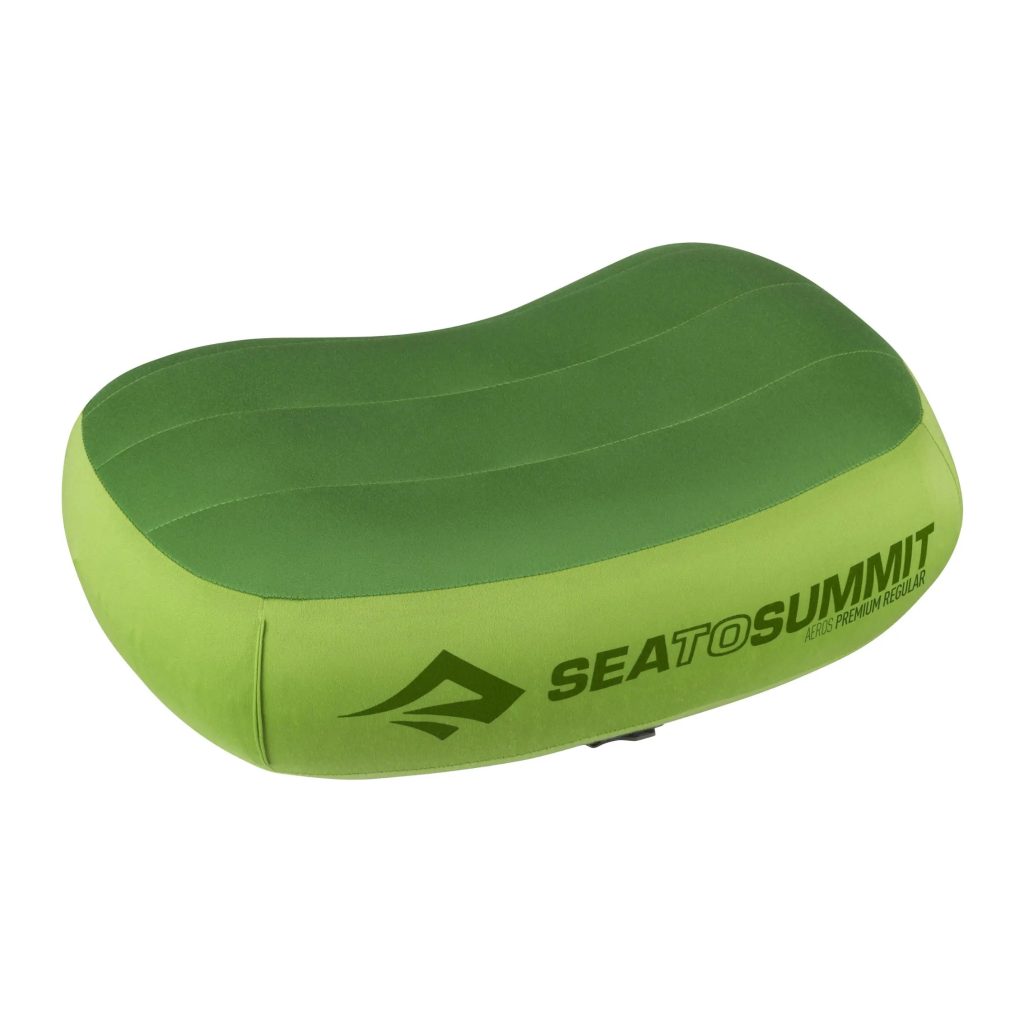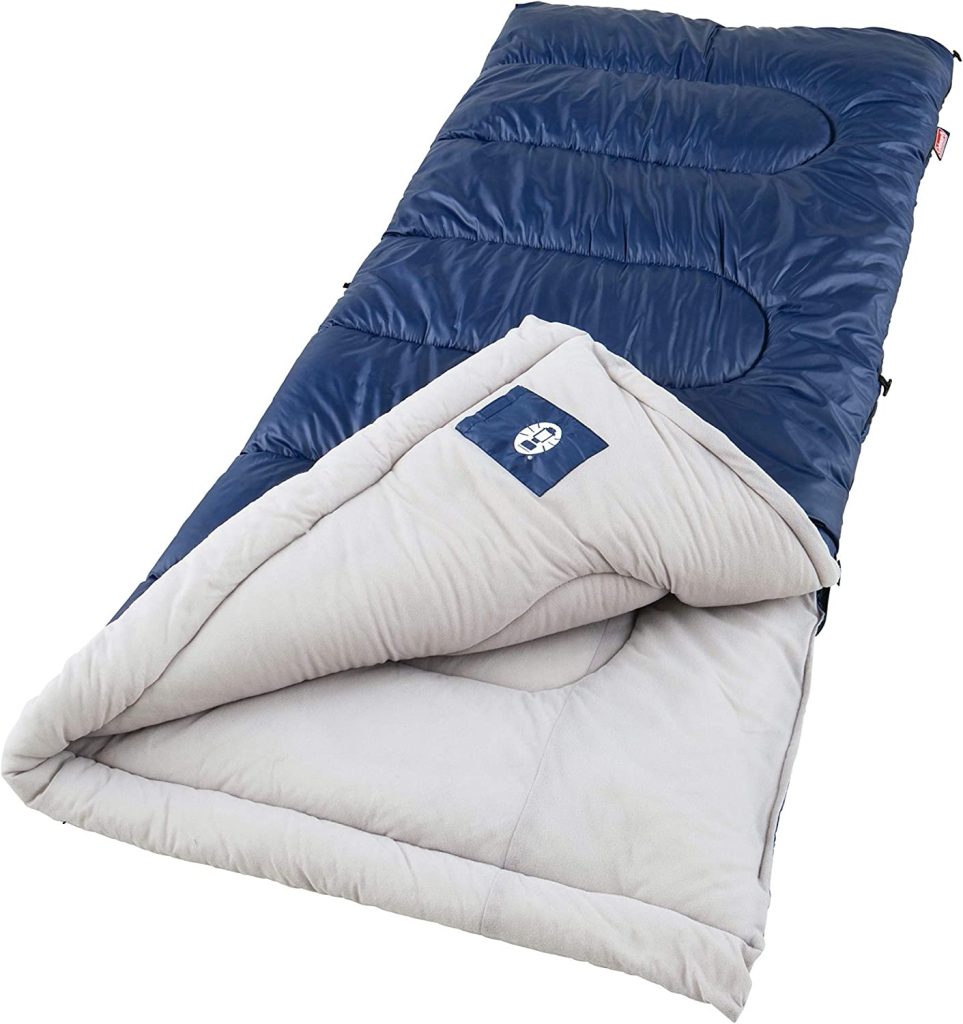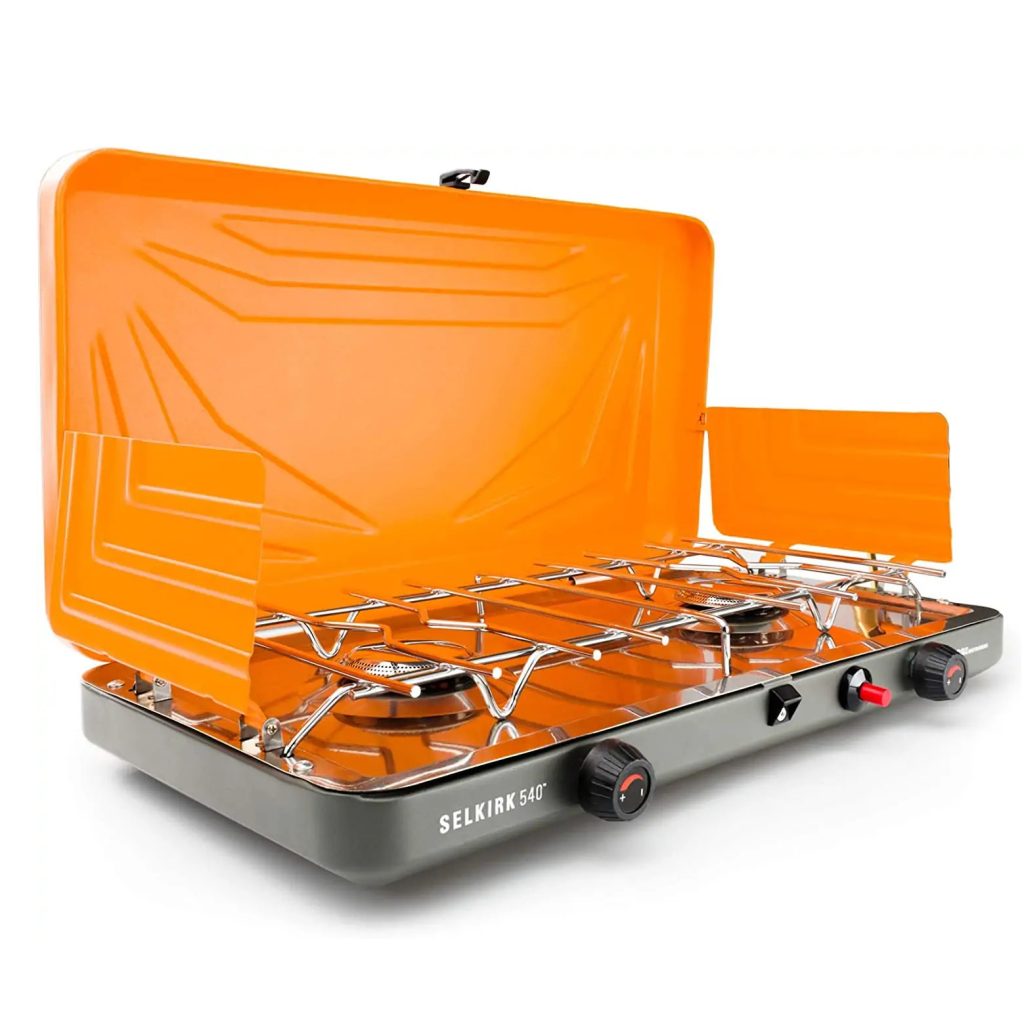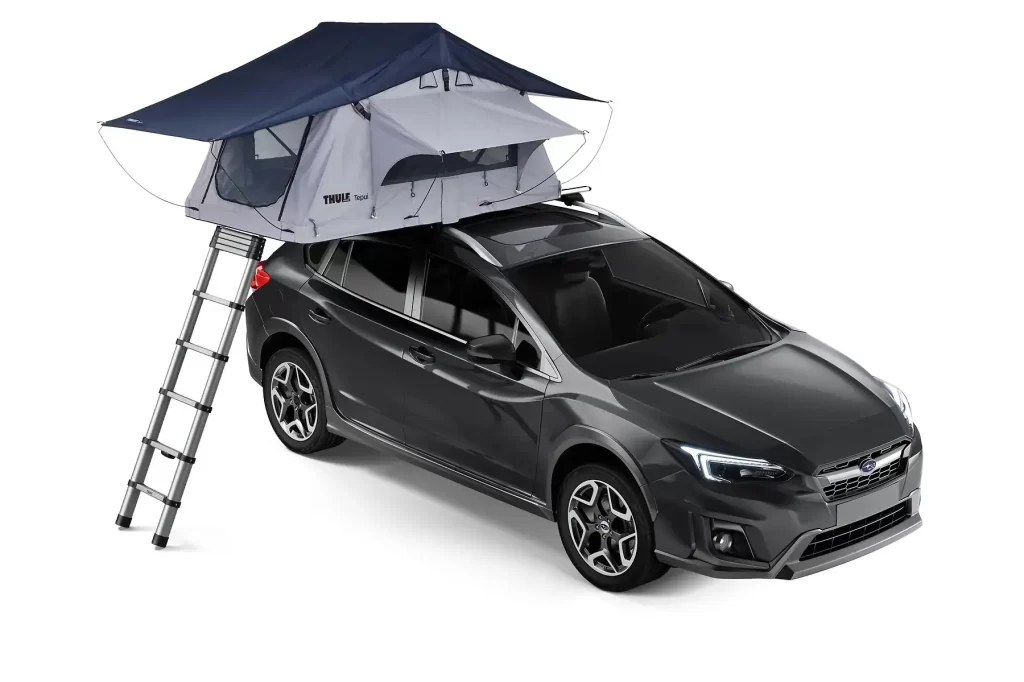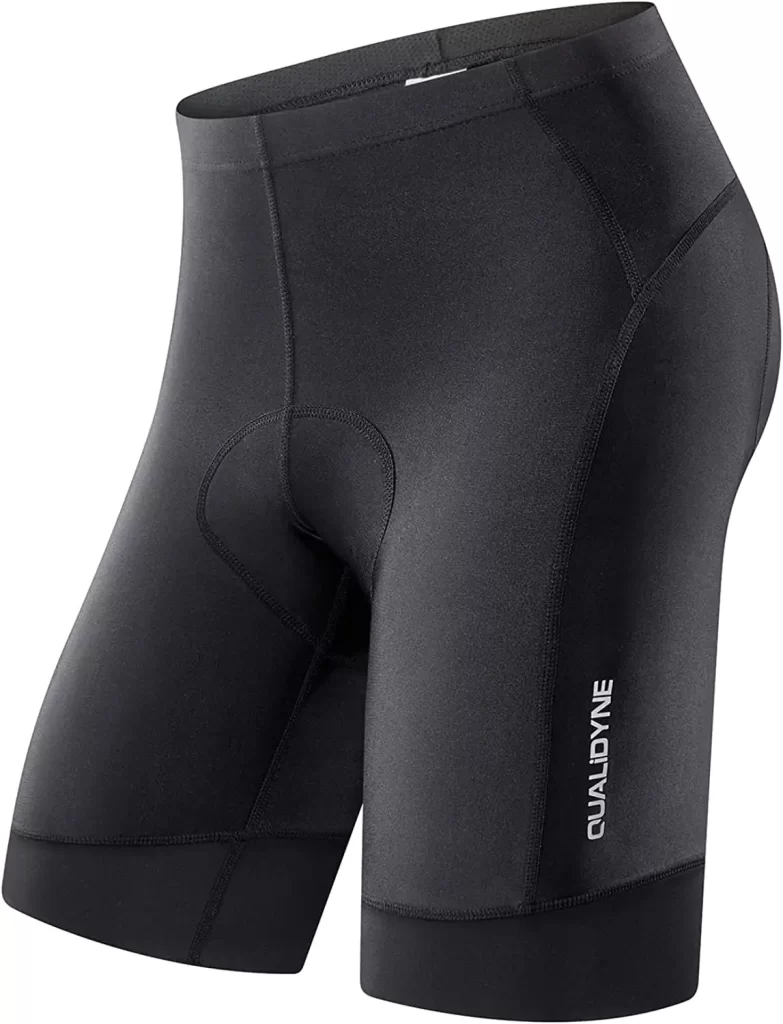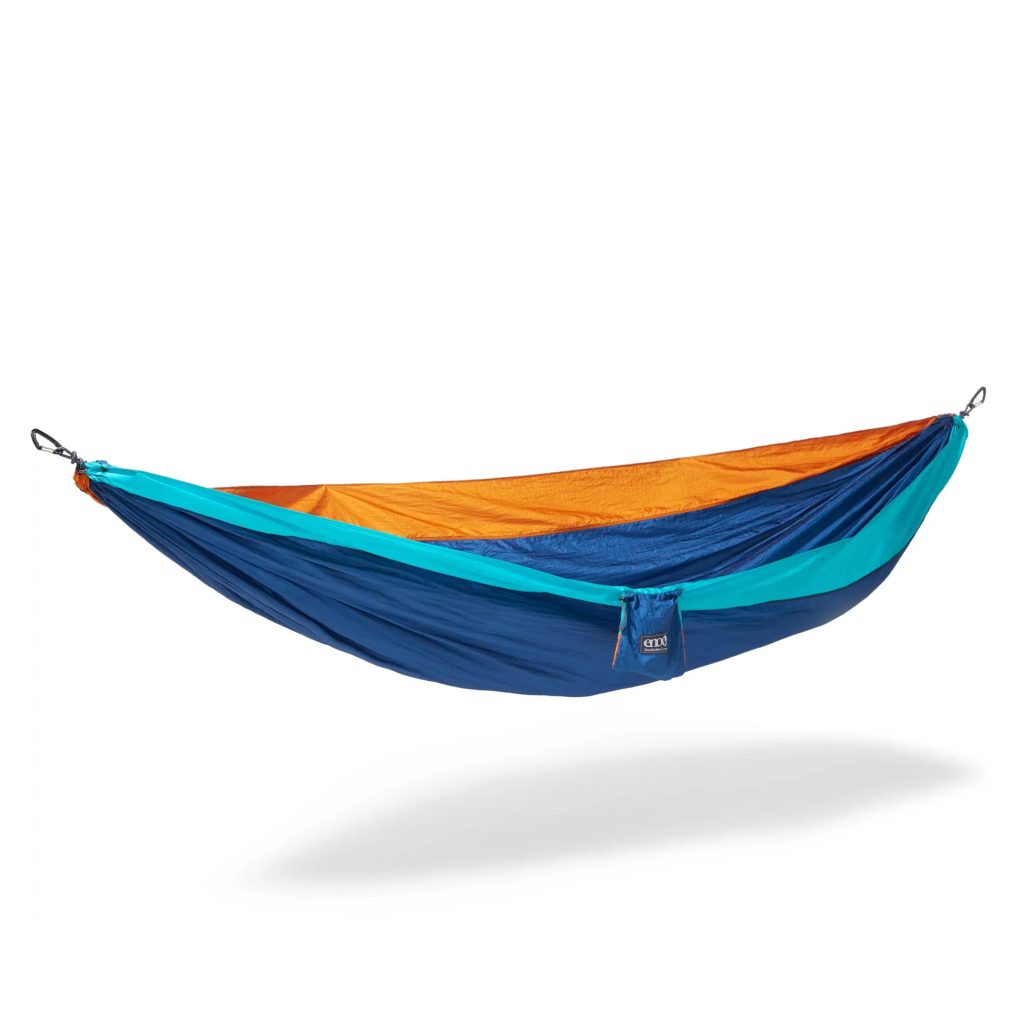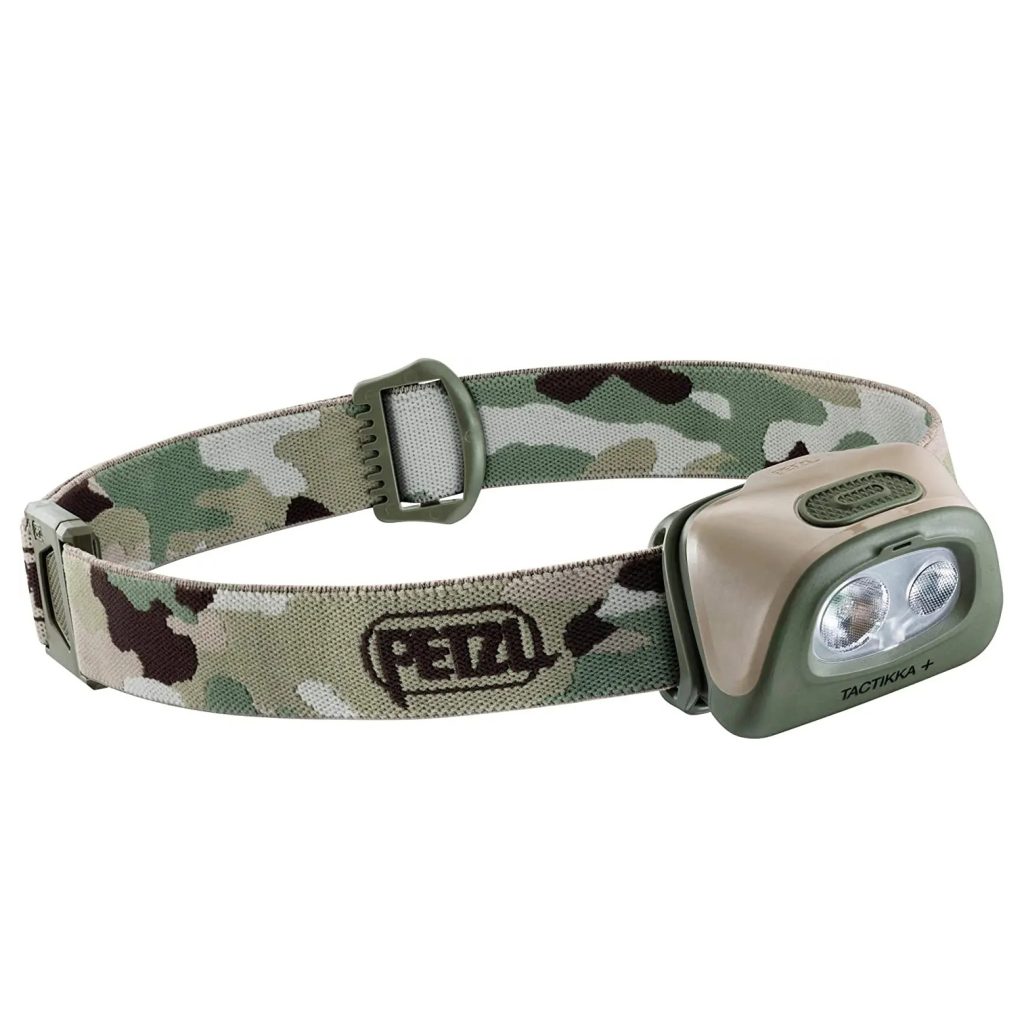We’ve selected the 10 best backpacking tents for your reference.
Buying a tent is the very beginning of what people expect from camping. Our team has a wealth of imagination and over a decade of camping experience. Whether it’s a single-day camping trip in the park or a long multi-day traversing trip, our experience provides us with the rigorous expertise to make your shopping easier. While many tents claim to do this, the difference between good and bad can only really be felt in actual use.
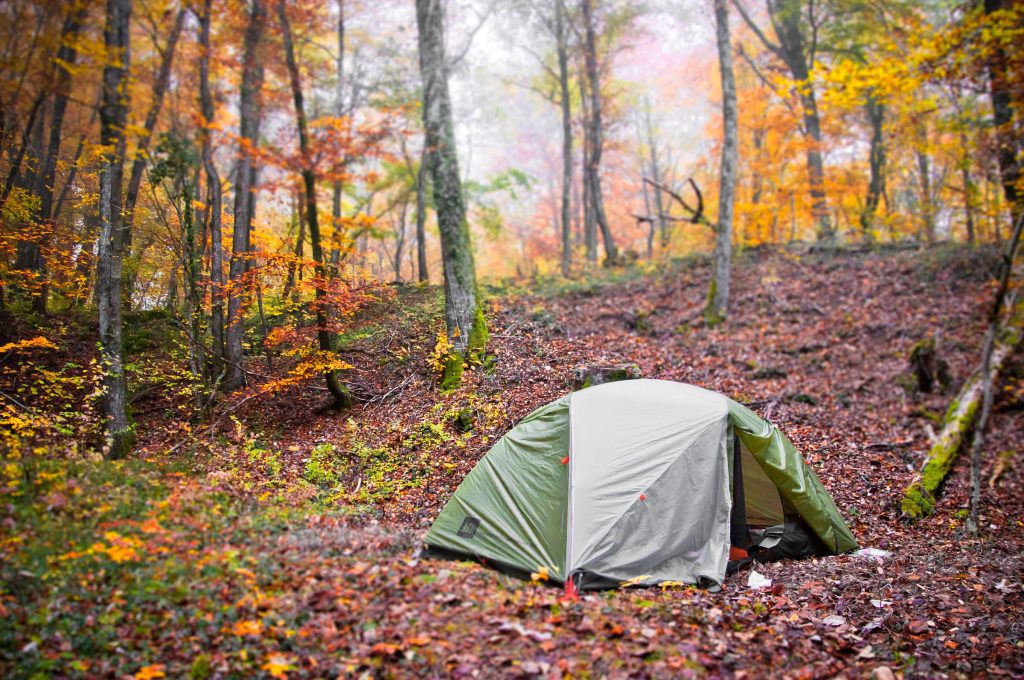
For those users who are focusing on long-distance trekking, a lightweight and small tent is very important to reduce the weight burden on users during long-distance trekking. However, such tents are usually small and wind-proof, only able to accommodate one or two people, with almost no comfort.
It’s worth mentioning that we focus on weather resistance, comfort, and easy-to-set-up extras. In this article, we look for the best backpacking tents in 2023 that will allow you to easily get a comfortable shelter and you don’t need to spend extra money for it. If you like our articles, feel free to subscribe to us to get the most up-to-date information on new reviews!
Best Backpacking Tents List
- REI Base Camp 6 ($549)
- Kelty Discovery Element 6 (139.95)
- Poler 4-Person Tent ($300)
- REI Half Dome SL 3 ($379)
- MSR Thru-Hiker Mesh ($259.95)
- Coleman Sundome Tent 4P ($89.99)
- REI Co-op Trail Hut 4 ($299)
- MSR Hubba Hubba NX ($469.95)
- Decathlon Quechua 2 Second Easy Tent, 2-Person ($229)
- Coleman Carlsbad 4 ($157.94)
1. REI Base Camp 6($549)
![Top 10 Best Backpacking Tents [2023] -- REI Base Camp 6](https://bestbikeselect.com/wp-content/uploads/2023/02/REI-Base-Camp-6.jpg)
- Building Area: 110 x 110 inches
- Peak Height: 74 inches
- Capacity: 6P
- Weight: 20 lbs 10 oz.
- What we like about it: Loose and large capacity, the chimney effect helps control internal condensation.
- What we don’t like about it: It’s more complicated to build.
This is a large-capacity backpacking tent with wide double doors that allow easy access to each bunk. 2 roof vents and side vents create a “chimney effect” that helps control interior condensation. Plenty of interior space allows campers to live comfortably, including 3 square feet of floor space and a high ceiling height. Overall, this is an impressively livable design tent and an excellent all-around performance tent.
It is more complicated to set up, with very many anchor points, especially in the vestibule that must be pulled tight to stay upright. If you need a relatively simple structure or fewer people, take a look at the Poler 4-Person Tent below, but its quality mesh construction and spacious interior at a reasonable cost make it the best multi-person backpacking tent in 2023 in my book.
2. Kelty Discovery Element 6 ($139.95)
![Top 10 Best Backpacking Tents [2023] -- Kelty Discovery Element 6](https://bestbikeselect.com/wp-content/uploads/2023/03/Kelty-Discovery-Element-6_M-1024x1024.webp)
- Building Area: 86.9 square feet
- Peak Height: 76 inches
- Capacity: 4-6P
- Weight: 17 lbs. 3oz.
- What we like about it: Affordable price and double tenting.
- What we don’t like about it: The flooring material is thin and difficult to insulate from temperature transfer.
Most of the tents on this list are very expensive, but Kelty is still willing to keep the price under $200. It always manages to make the trade-off between quality and price. Compared to other cheaper offerings, you get two extra doors and two doorways, as well as an outer tent that can be used in wet and windy conditions. Some of the cheaper tents are just a single layer or just an outer tent on top. In addition, Kelty also has an abundance of mesh designed into the tent to remain cool in the hot summer months.
The flooring material is thin. If you need to take it to high altitudes or on a winter outing, we recommend that you bring a thicker mattress, preferably an inflatable sleeping pad, which will ensure enough comfort at night. However, in summer or southern region camping environments, the rich mesh and light tent material are perfect for full camping.
3. Poler 4-Person Tent ($300)
![Top 10 Best Backpacking Tents [2023] -- Poler 4-Person Tent](https://bestbikeselect.com/wp-content/uploads/2023/03/Poler-4-Person-Tent--1024x682.jpg)
- Building Area: 47 sq. ft.
- Peak Height: 50″
- Capacity: 4P
- Weight: 14 pounds
- What we like about it: Simple and practical, very easy to build.
- What we don’t like about it: Poor internal air circulation.
Simple yet practical, this is always Poler’s usual style. It is the easiest tent to set up in this list and can be quickly erected by simply pulling the two handles on both sides of the tent.
Compared to other fast tents, the separate rainproof outer tent is designed to better prevent rain from entering the interior of the tent. There is even a transparent window integrated that allows you to quickly see the outside inside the tent.
Unfortunately, the small space inside the tent means that not much airflow can pass through, and condensation can be more of a problem than in larger tents. If you go to an environment with a large temperature difference that requires ventilation, take a look at the REI Base Camp 6. I often take it to beach camping or the beach, etc. and it instantly sets up as a cool shelter.
4. REI Half Dome SL 3 ($379)
![Top 10 Best Backpacking Tents [2023] -- REI Half Dome SL 3](https://bestbikeselect.com/wp-content/uploads/2023/02/REI-Half-Dome-SL-3.jpg)
- Building Area: 90 x 78 inches
- Peak Height: 44 inches
- Capacity: 3P
- Weight: 4 lbs 13 oz.
- What we like about it: Lightweight and compact, it fits easily in a backpack.
- What we don’t like about it: The quality of living is not very high.
If your camping plans include a few days of backpacking, this lightweight tent would be a great choice. With a minimum weight of only 3 lbs. 13oz. with packaging removed, it will easily fit into a backpack for hiking. And, the double doors and vestibule provide plenty of room for gear placement and easy access. Color-coded tent poles make set-up easy, and the trail’s 50 feet of ground space is very small and just waist-high, making it suitable for lighter trips in those harsh conditions.
Smaller is indeed very lightweight, but it also undoubtedly brings down the overall quality of living. For example, the area can only accommodate two people and the height does not support standing. But overall it is very compact, looks very professional, provides enough space for sleeping, and is light enough for backpacking.
5. MSR Thru-Hiker Mesh ($259.95)
![Top 10 Best Backpacking Tents [2023] -- MSR Thru-Hiker Mesh](https://bestbikeselect.com/wp-content/uploads/2023/02/MSR-Thru-Hiker-Mesh.jpg)
- Building Area: 84 x 52 inches
- Peak Height: 38 inches
- Capacity: 2P
- Weight: 41g
- What we like about it: Easy to use, pest control, and dehumidification.
- What we don’t like about it: Simple construction and no insulation.
If what you need is an ultra-lightweight and simple tent, this three-piece tent is an ultra-lightweight option. But it needs to be paired with your trekking poles to provide support and form a simple shelter. The mesh structure and overhead curtain provide ordinary reassurance against bugs and have adequate ventilation and humidity control.
The construction is very simple and there is no insulation. Therefore, it is only suitable for use in hot areas or when the outdoor temperature is suitable and has almost no effect in low-temperature areas. If you are in the hot areas of the south for long-distance light camping, it will be a very good shelter, allowing you to easily build storage.
6. Coleman Sundome Tent 4P ($89.99)
![Top 10 Best Backpacking Tents [2023] -- Coleman Sundome Tent 4P](https://bestbikeselect.com/wp-content/uploads/2023/02/Coleman-Sundome-Tent-4P.jpg)
- Building Area: 9×7×4 feet
- Peak Height: 7 feet 11 inches
- Capacity: 4P
- Weight: 9 lbs. 7 oz.
- What we like about it: Classic shape and affordable price.
- What we don’t like about it: The moisture and the tendency to get water in the outer tent under heavy rain.
The classic shape is never easy to go wrong, and you can get a 4-person tent for just $89. Despite the differences from higher-end tents, the construction is sturdy. The fiberglass poles will be lighter, making the overall not as bulky as aluminum. The tight structure can accommodate 4 people well but does not come with a vestibule to house the equipment. The top is covered by half of the outer tent to achieve good ventilation and moisture protection.
However, in particularly wet or rainy conditions, the corners of the outer tent are prone to water ingress. If what you need is a tent that can be high-strength and waterproof, take a look at the REI Half Dome SL 3 above, which is professional and lightweight. But such a budget for a four-person tent works very well in sunny weather for those who are new to the camping hobby.
7. REI Co-op Trail Hut 4 ($299)
![Top 10 Best Backpacking Tents [2023] -- REI Co-op Trail Hut 4](https://bestbikeselect.com/wp-content/uploads/2023/02/REI-Co-op-Trail-Hut-4.jpg)
- Building Area: 90 x 88 inches
- Peak Height: 48 inches
- Capacity: 4P
- Weight: 7 pounds
- What we like about it: It’s lighter and offers more interior space at a reduced cost.
- What we don’t like about it: The lower price is just for the introductory enthusiasts.
This is the choice of most backpacking travelers. The weight is lighter than any other series of the same REI, while still offering more space and a reduced cost. This is what all users want, and that’s why this series is such a bestseller. The standing height of the roof is picked higher and the shape becomes more open, allowing him to fit the whole family outing.
This price is really low, if you are willing to spend more money, there will be more tents with higher, better and lighter materials. But if you have the same budget as me, please don’t hesitate to choose this product that will allow you or your family to have a fun and relaxing night in the wild. If you like camping and are looking for an affordable way to backpack, this would be a good choice to get started.
8. MSR Hubba Hubba NX ($469.95)
![Top 10 Best Backpacking Tents [2023] -- MSR Hubba Hubba NX](https://bestbikeselect.com/wp-content/uploads/2023/02/MSR-Hubba-Hubba-NX.jpg)
- Building Area: 29 sq. ft.
- Peak Height: 39 inches
- Capacity: 2P
- Weight: 2 lbs 10 oz.
- What we like about it: Lightweight, spacious area, fits easily into a backpack.
- What we don’t like about it: Only supports 1-2 people, no bigger version.
It’s a lightweight and spacious tent, so taking it with you on your camping trip is an extraordinary decision. The thin, transparent outer tent and simple inner tent make it just 2 lbs. So it can easily fit in your backpack and takes up little space. The flat ground has 29 square feet of floor space and the floor is treated with Durashield polyurethane and DWR, making this tent very water resistant.
A smaller number of occupants means that only two people can be put down to sleep. Often people will buy a tent with one more than the rated number of people to get more space. This also means that this tent can only support 2 people lying flat, which may be more crowded. If you want a more spacious, it is recommended to choose the above 3-4 people tent. However, for those lightweight backpacking hikers, lighter weight also means being able to walk long distances.
9. Decathlon Quechua 2 Second Easy Tent ($229)
![Top 10 Best Backpacking Tents [2023] -- Decathlon Quechua 2 Second Easy Tent](https://bestbikeselect.com/wp-content/uploads/2023/02/Decathlon-Quechua-2-Second-Easy-Tent.jpg)
- Building Area: 32 sq. ft.
- Peak Height: 43.3″
- Capacity: 2P
- Weight: 10 lbs 6.4 oz.
- What we like about it: Quick to build and quick to stow.
- What we don’t like about it: The outer tent can’t be removed, and it’s larger when stored.
If you are a beginner, often for how to set up the tent and are very distressed. Then this 2-second easy tent will be a shortcut for you to step into the door of camping. As long as you lay the tent flat on the ground and then quickly pull the two red ropes, the structure of the tent will quickly lock into place, so it’s done. Dismantling is also very simple, just open the button to release the red rope, and it will quickly collapse. In addition, the black lining blocks most of the light and is friendly to those who are sensitive to light.
But the quick-pitch design makes it more integrated, and the tent’s outer tent can’t be disassembled. If you can’t take it down in the heat of summer, all you can do is open the foyer. But it must be said that this simple and efficient tent can be set up very quickly and is suitable for those who need to do it efficiently. Although it is not as good as those traditional tents in terms of storage and use.
10. Coleman Carlsbad 4 ($157.94)
![Top 10 Best Backpacking Tents [2023] -- Coleman Carlsbad 4](https://bestbikeselect.com/wp-content/uploads/2023/02/Coleman-Carlsbad-4.jpg)
- Building Area: 63 sq. ft.
- Peak Height: 59″
- Capacity: 4P
- Weight: 16 lbs. 1 oz.
- What we like about it: Great for hot summer days with good ventilation and air permeability.
- What we don’t like about it: The fiberglass tent poles are weak and not suitable for those traveling in the toughest areas.
Perfect for those hot summer days, even during the day. The entrance vestibule has been carefully designed to avoid getting wet in mud or water. The thicker and heavier ground material makes the whole thing more stable, and there is an excellent ventilation system to keep the whole thing cool and dry at all times. If you are looking for a low-budget tent that stays dark all day, it’s great.
However, the flimsy fiberglass poles are not for the toughest of campers. If you’re in the middle of a very tough hike, we suggest you take a look at the REI Half Dome SL 3. But for those beginners, this tent that’s perfect for hot areas is quite suitable for you. It will keep your room ventilated and cool for a long time.
How to choose the most suitable backpacking tent?
- How to choose the most suitable backpacking tent?
- Easy to set up
- Durability and materials
- Weight and package size
- Interior space
- Weather resistance
- Value
How to choose the most suitable backpacking tent?
To help you understand what kind of tent is best for you, we’ve considered six types of tents: ease of setup, durability and materials, weight and pack size, interior space, weather resistance, and value. For some campers, each of these points is important to give you an idea of what kind of tent you should choose, when, and where.
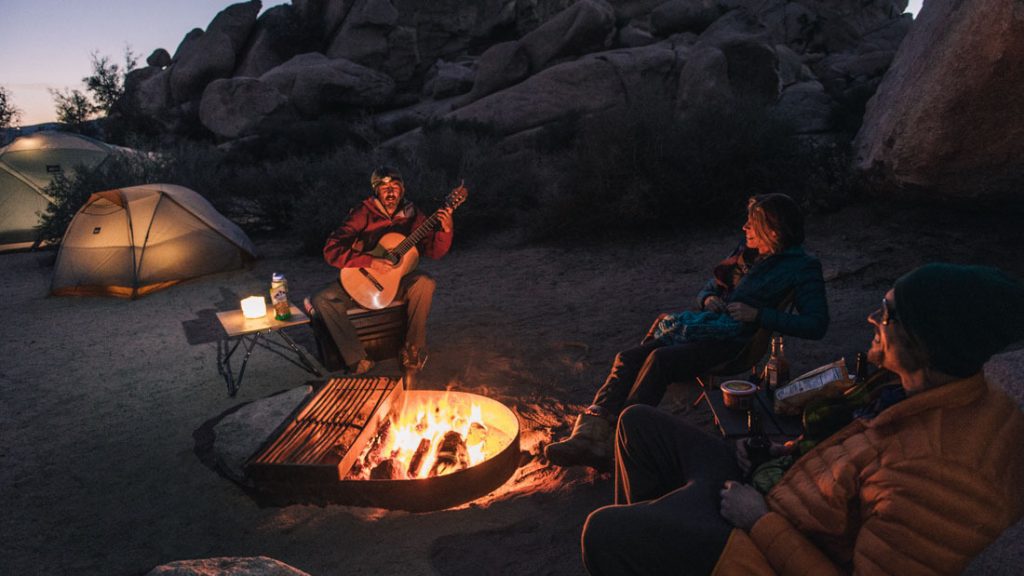
We also have another guide to the best camping tents that focus on car camping and are perfect for family dinners with multiple people and parties with friends. If this attracts you, feel free to take a look at the best camping tents. But if you’re just looking to backpack alone into the deeper mountains for a multi-day hiking camping trip, then this hiking tent article is well worth a closer look.
Easy to set up
If you are a fairly experienced veteran, getting a brand-new tent may still require watching the instructions. This also shows that being easy to set up is very important for a tent. On the toughest hikes, you may want to set up your tent quickly to finish the day’s rest. Because you need to spend most of your energy on the day’s journey, if the tent is very laborious to set up may directly lead to the failure of your entire hiking challenge.
The Decathlon Quechua 2 Second Easy Tent in this article can easily be set up in two seconds, thanks largely to the integrated tent pole. It can be held up like a jack in a giant box and is also easy to store. However, this material is more sophisticated and maintenance and storage are critical.
Durability and Materials
Most backpackng tents are made of nylon fabric and polyester. Each of these materials has its unique advantages, from minimal cost to tougher weather resistance or tear-resistant qualities.
Cuben fiber has proven to be very lightweight and very weather resistant, with excellent tear resistance. However, it is expensive and easily punctured by sharp objects, and the tear resistance benefits from crossed shadow lines of reinforcement.
Nylon is a very low-cost material, but it is also not durable. The elements are usually reinforced with polyurethane, silicone, and acrylic coatings. This also makes it more waterproof, but less breathable. Polyurethane is heavier than nylon and is not breathable.
The thickness of the material is measured in denier, which is a measure of fiber density in grams. the lower the denier count, the lighter the material will be. A lower denier count is ideal for reducing packaging weight, but also for being more careful about tears and punctures.
Lightweight tents usually have an outer and inner tent of 15-20 deniers, while heavy-duty car camping or winter tents will have a denier of 75 or more. Some tents also require poles for support, such as the MSR Thru-Hiker Mesh, so be sure to check that your poles and tent holes are compatible before using them.
Tent pegs are also available in many materials. Carbon fiber ground pegs are lighter and simpler, but they are bulkier compared to those made of aluminum. However, weight reduction is an important goal, and it all depends on how much you are willing to spend on it.
Weight and Package Size
If you just plan to drive camping, weight, and size are not a big issue. But those who hike long distances camping should seriously consider this matter. A smaller tent won’t take up much space in your backpack, which means you can bring your favorite pots and pans and a few extra snacks. But because the material is lighter, it’s not as durable as a heavier tent and needs more care.
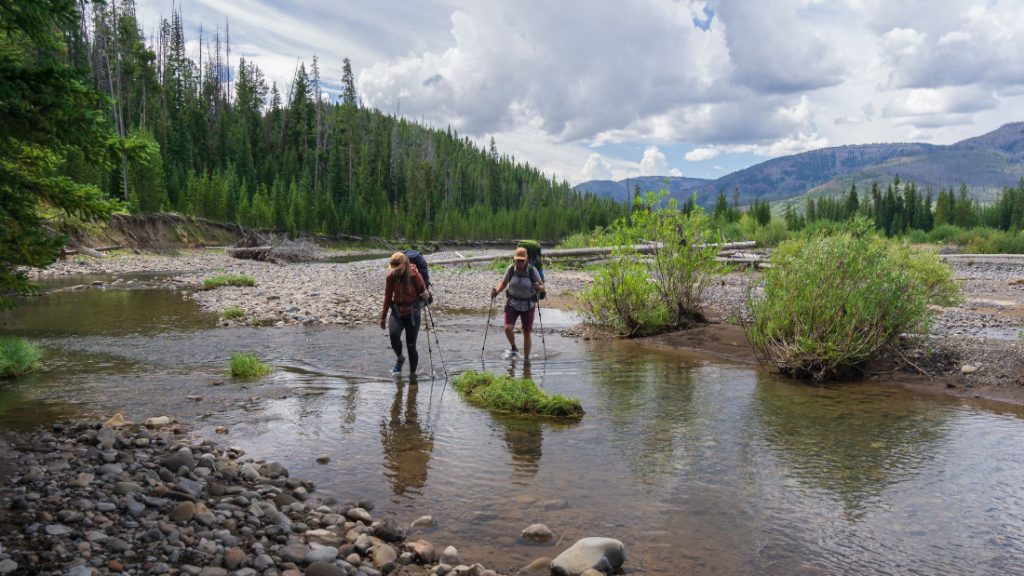
Therefore, you need to balance the cost of weight and durability. To do this you can use some compromise solutions, such as the REI Half Dome SL 3 in the article, where the new technology of the fabric can be the best of both worlds. Whatever your choice, think over anything else when considering use because every gram counts in actual hiking and camping.
Interior Space
To reduce weight, you have to live in two small spaces. Lying shoulder to shoulder or even in opposite directions, the height of the ceiling is one of the factors that need to be taken into account. Some of these tents offer higher ceilings, and they usually have a greater roof angle and less overall space than traditional freestanding tents.
More space inside the tent also means more comfort, depending mainly on the floor area and ceiling height. So each tent has a fixed specified number of people, but how wide its capacity is may depend on the brand.
If you are only using it as a spare shelter or for packing equipment, use a smaller and lighter, more narrow model. Pay attention to the dimensions in the manufacturer’s expensive specifications; their labeling will give you a good idea of how many sleeping pads you can use in them.
Weather Resistance
A basic tent can handle pleasant weather, even light rain, and breezes. But if you plan to spend the whole night peacefully in a violent storm, it’s well worth saving up for a sturdier tent.
On a long backpacking trip, anything can happen. So your shelter must be strong enough to handle either rain or hail, scorching summer or cold winter days. Also, keep it light enough to pack so you can fit it lightly in your pack.
This was indeed a difficult task, and after a series of tests, all the tents in the list stood up to the test. They have good durability and good weight, I will feel very reliable to use them to accompany me.
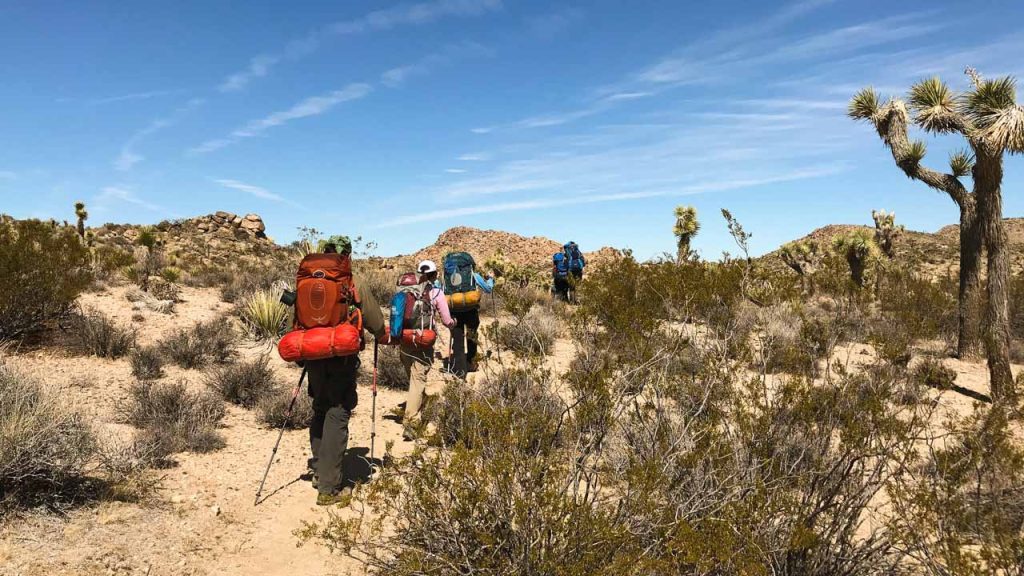
Value
Isn’t it hard to associate a hiking tent with a comfortable night out? Lightweight tents are inevitably a compromise for comfort, and the cost is directly related to the quality of the materials and the weight of the package. Manufacturers also realize that this passionate trekking is more costly for getting started. They have also begun to offer economical options, and with proper care and maintenance, the most affordable tents can be used for three or even all seasons.
Cheaper tents are suitable for beginners or occasional hikers, expect to spend a third of your budget on tents, another third on sleeping bags, and the rest on cooking supplies. How much you’re willing to spend depends on your commitment to the sport, with affordability being the primary goal.
Summary
The backpacking tent is very important for those long-distance trekkers. It determines whether you can sleep peacefully at night or even get a comfortable sleeping environment. A good camping tent can provide a very spacious camping environment as well as a comfortable sleeping temperature. It also ensures that the storage can be made small enough and light enough to fit easily into a backpack. These choices are very difficult because there are just too many of them. So how to choose a suitable tent is something you need to seriously consider.
Different shapes and thicknesses are used for completely different use scenarios. You need to consider the distance of the trek, the air conditions, and the level of humidity during the trip. Some backpacking tents also come with a removable design for the inner and outer tents, and adjustability is something almost everyone would like to see. For this reason, we have found the 10 best backpacking tents of 2023, whether it’s the large REI Base Camp 6 for 6 people or the simplest single MSR Thru-Hiker Mesh, you’re sure to find the right tent for your trip.
If you still want more reviews on camping products, such as Best Camping Chair, you can get a good ride during camping or even a hiking camping chair that can fit in your hiking bag.
Finally, if you like our content, feel free to share it with your friends! If our content is helpful to you, you can click the email subscribe button below!

